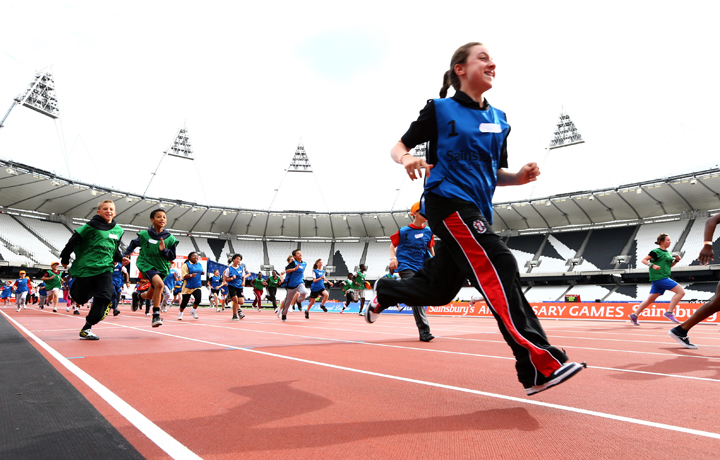If kids from around the world raced on foot, how well would Canada do? A new international study says that Canadian kids would fall in the middle of the pack placing 19th out of 50 countries.

Kids from Tanzania, Iceland, Estonia, Norway and Japan would make up the top five. The United States would place 47th while Mexico would be dead last out of 50, according to a global study co-led by Canadian scientists out of the Children’s Hospital of Eastern Ontario.
“I’m not surprised where we ended up. We know that kids in Canada are not as physically active as they should be and we have a big problem with sedentary behaviours with kids sitting too much,” Justin Lang, a PhD student and the study’s lead author, told Global News.
READ MORE: Why Canada got a D- on youth exercise report
But there are lessons to pick up on, Lang said.
The five worst countries were: the Republic of Korea, USA, Latvia, Peru and Mexico.
Lang’s findings came from analyzing 20-metre shuttle data — or what’s called the beep test. It’s the most popular field-based test of aerobic fitness levels for kids and youth. Lang and his team scoured data from 1.1 million kids aged nine to 17 from 50 different countries.
READ MORE: Childhood obesity rates fall in Canada for the first time in years
The study doesn’t answer why some countries fared better while others lagged.
But Lang noticed some trends: income inequality seemed to be a factor in determining which countries fared the worst.
READ MORE: Why your child’s weight in grade 5 could predict future obesity risk
The bigger the country’s gap between rich and poor, the less fit the children tended to be.
Lang’s full findings were published Tuesday in the British Journal of Sports Medicine.
(Infographic created by Ben Simpson/Global News)
carmen.chai@globalnews.ca
Follow @Carmen_Chai





Comments